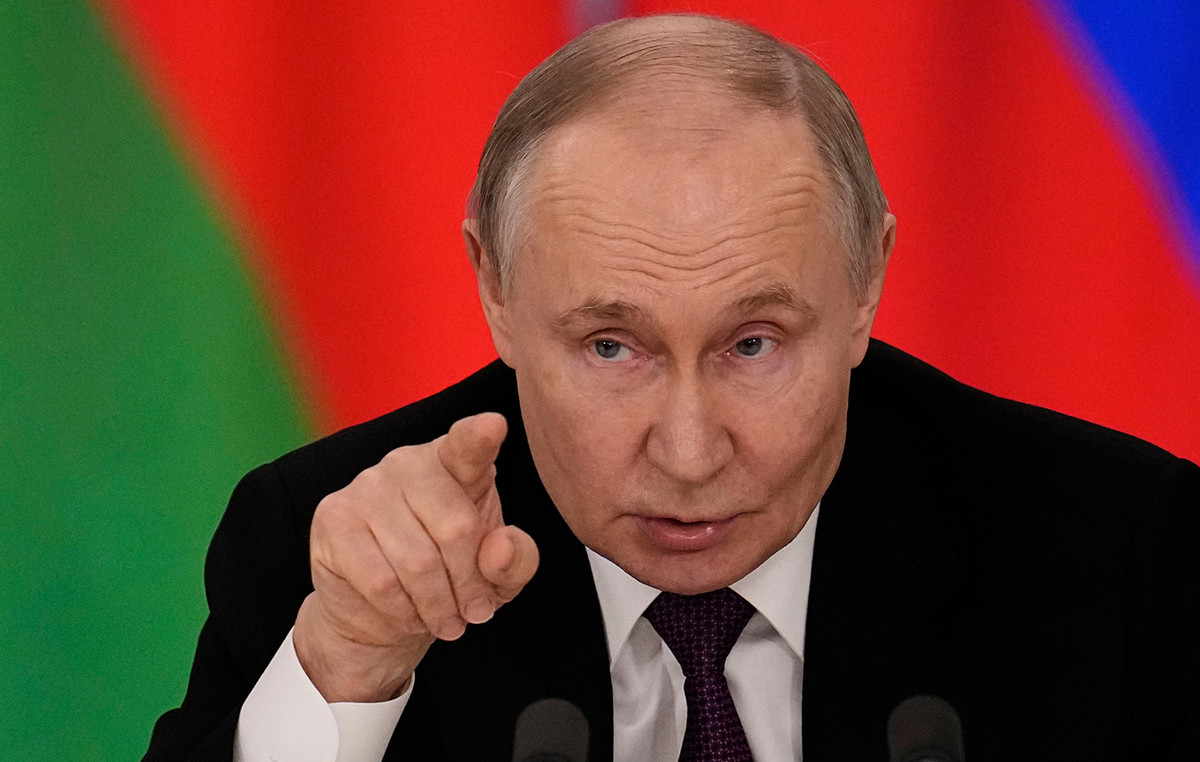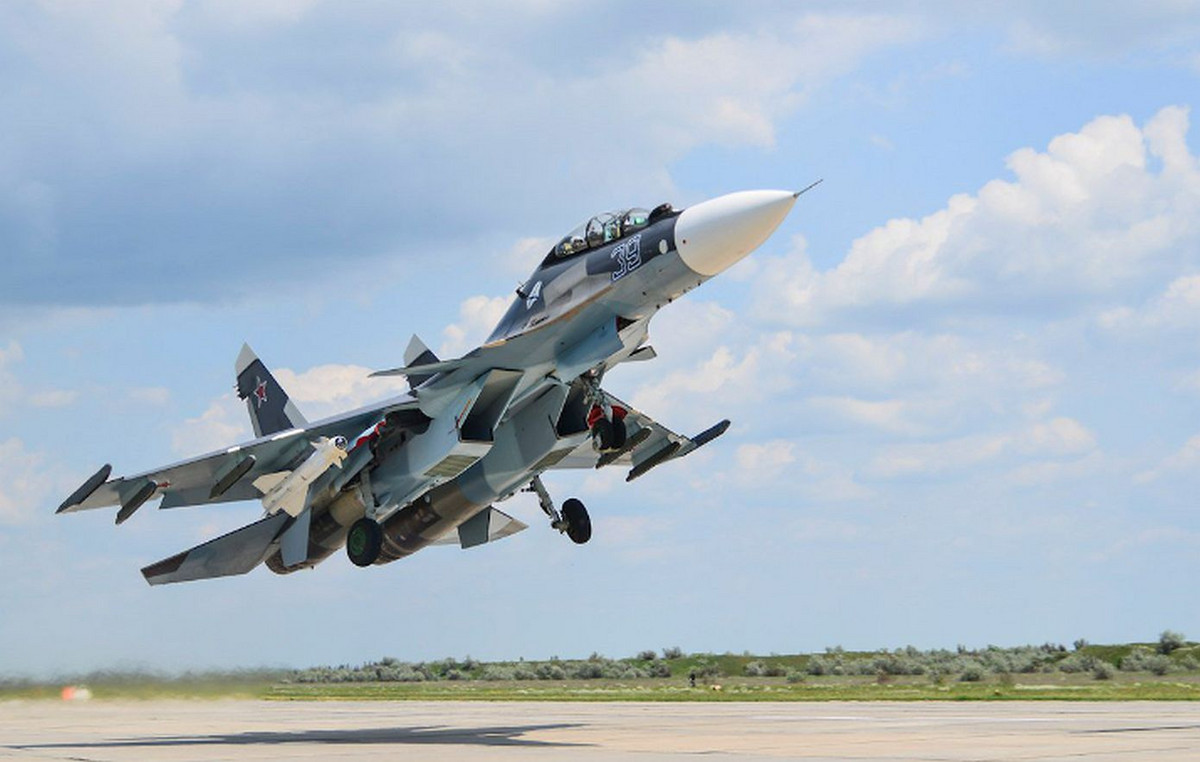- Natural Gas trades positive on Thursday, ending this week’s slide.
- The Dollar strengthens as a substantial currency change occurs in Western and Central Europe.
- The Natural Gas price could extend its bullish momentum after the support at $2.71 triggered a bounce.
The Natural Gas price is trying to push higher after its steady three-day slide this week, with benchmark futures rising 2.7% on Thursday. Operators are unaware of the current situation in Australia at Chevron’s LNG facilities. Union representatives are debating whether to postpone partial strike actions for another day until this Thursday. Any news on this topic could turn into a tailwind (or headwind) and send Natural Gas futures sharply higher or lower.
Meanwhile, the US dollar is strengthening as it extends its summer recovery. The astonishing 0.75% rate cut by the Polish central bank is a telltale sign of the divergence in monetary policy between the US and the European bloc. While the latest economic data from the US confirms its good health, data from the Eurozone and several Central European countries indicate difficulties and a greater probability of a hard landing, forcing local central banks to start cutting interest rates ahead of schedule. These movements depreciate local currencies against the dollar.
As of this writing, Natural Gas is trading at $2.74 per MMBtu.
News about Natural Gas and market engines
- Another sharp drop in Russian gas flows to Europe keeps supply in the markets very tight.
- The high level of gas storage in Europe continues to be a headwind for Natural Gas prices, Trafigura’s head of gas and power Richard Holtum said during a Gastech conference in Singapore earlier Thursday. Holtum said that both the European and global LNG markets have become less flexible, meaning prices are highly receptive to sudden and violent spikes in the event of a sudden setback or shortage caused by an unforeseen surge in demand or reductions in supply. offer.
- A report by a Bloomberg analyst indicates that China will increase its demand for LNG, as it will increase its reserves for the winter. He also reported that the country could accumulate more reserves, taking advantage of current favorable Gas futures prices and better-than-expected growth forecasts.
- In the US, weekly figures from the Energy Information Administration (EIA) will be released at 14:30 GMT for changes in natural gas storage. An increase from 32 billion cubic feet to 43 billion cubic feet is expected. The range is 33 minimum and 47 maximum. If the number falls below 33, expect a strong rise in Natural Gas prices, while a jump above 47 is likely to trigger a sharp recession.
Natural Gas Technical Analysis: Rebound Needs Upside Break
Natural Gas is erasing all the gains from the previous week this week. It is getting some support in the form of the 55-day SMA, which caught the break down on Wednesday and has triggered a bounce. To confirm the bounce, it is necessary to break Wednesday’s high for this reversal to be viable.
On the bullish side, for the rebound to gain momentum it is necessary to exceed $2.83. Once this bounce materializes, look for the 200 day SMA near $2.96. Should the price start to break above there and head higher, $3 will be crucial with the September high in play.
To the downside, the trend channel has done a great job of propping up the price action. The 55-day SMA has already provided support ahead of any test at the lower end of the trend channel. In case of a breakout of the 55-day SMA, you can look for support near $2.65.
XNG/USD daily chart
Frequently Asked Questions about Natural Gas
What fundamental factors determine the price of Natural Gas?
Supply and demand dynamics is a key factor influencing Natural Gas prices, and is in turn influenced by global economic growth, industrial activity, population growth, production levels and inventories. Weather influences natural gas prices because it is used more during cold winters and hot summers for heating and cooling. Competition from other energy sources influences prices, as consumers can switch to cheaper sources. Geopolitical events, such as the war in Ukraine, also play a role. Government policies regarding extraction, transportation, and environmental issues also influence prices.
What are the main macroeconomic publications that influence Natural Gas prices?
The main economic publication that influences Natural Gas prices is the weekly inventory bulletin of the Energy Information Administration (EIA), the US government agency that compiles data on the US gas market. The EIA’s gas bulletin is usually published on Thursday at 14:30 GMT, one day after the EIA publishes its weekly oil bulletin. The economic data of the large consumers of Natural Gas can influence supply and demand, among which China, Germany and Japan stand out. Natural gas is quoted and traded primarily in US dollars, so economic releases affecting the dollar are also a factor.
How does the dollar influence the price of Natural Gas?
The US dollar is the world’s reserve currency and most commodities, including Natural Gas, are quoted and traded on international markets in US dollars. As such, the value of the Dollar is a factor that influences the price of Natural Gas, since if the Dollar strengthens, fewer dollars are needed to buy the same volume of gas (the price falls), and vice versa if the Dollar falls. strengthens.
Source: Fx Street
I am Joshua Winder, a senior-level journalist and editor at World Stock Market. I specialize in covering news related to the stock market and economic trends. With more than 8 years of experience in this field, I have become an expert in financial reporting.

-638296774371945314.png)






